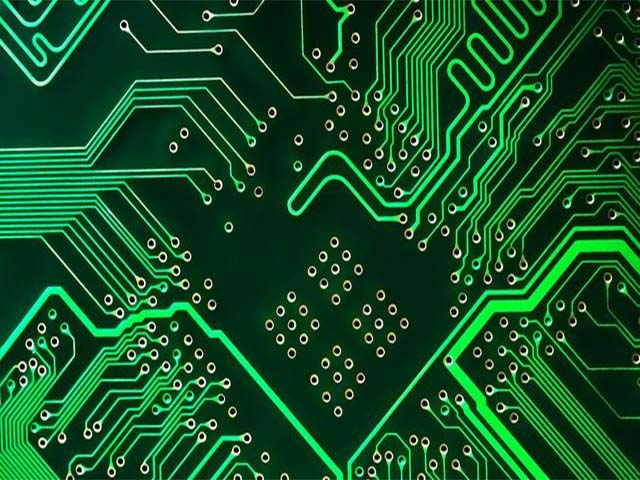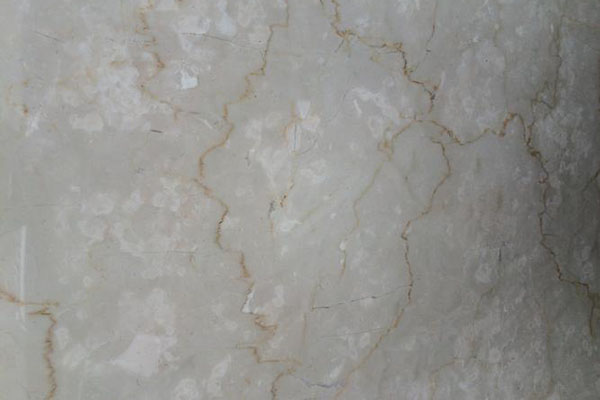Printed circuit boards, or PCBs, are an integral part of electronic devices. They provide a platform for connecting electronic components and facilitate the flow of electrical signals between those components. In this post, we’ll be focusing on the difference between 4 layer and 6 layer PCBs.
What is a 4 Layer PCB?
A 4 layer PCB is a type of printed circuit board that has four layers of conductive material, separated by insulating layers. The conductive layers are typically made of copper and are used to route electrical signals between components. The insulating layers, also known as core layers, are typically made of a composite material called FR4, which is a glass-reinforced epoxy laminate.
4 layer PCBs are made by sandwiching the conductive and insulating layers together and bonding them using heat and pressure. The layers are then etched to create the desired circuit patterns.
One of the main advantages of 4 layer PCBs is that they are relatively simple to manufacture and can be produced at a lower cost than more complex PCBs. They are also relatively easy to design and are suitable for a wide range of applications.
What is a 6 Layer PCB?
A 6 layer PCB is a type of printed circuit board that has six layers of conductive material, separated by insulating layers. Like 4 layer PCBs, the conductive layers are made of copper and the insulating layers are made of FR4.
6 layer PCBs are made in a similar way to 4 layer PCBs, but with two additional conductive layers. These additional layers allow for more complex circuit patterns and can increase the density of components that can be placed on the PCB.
One of the main advantages of 6 layer PCBs is their increased complexity and capacity for higher component densities. This makes them suitable for more advanced electronic devices that require a higher level of performance. However, this increased complexity also means that 6 layer PCBs are more difficult to design and manufacture, and are therefore typically more expensive than 4 layer PCBs.
Comparison of 4 Layer and 6 Layer PCBs
So what are the key differences between 4 layer and 6 layer PCBs? Here are some of the main points to consider:
- Cost: 4 layer PCBs are generally cheaper to manufacture than 6 layer PCBs due to their simpler construction.
- Performance: 6 layer PCBs are capable of higher performance than 4 layer PCBs due to their increased complexity and capacity for higher component densities.
- Applications: 4 layer PCBs are suitable for a wide range of applications due to their simplicity and lower cost, while 6 layer PCBs are more suitable for advanced electronic devices that require a higher level of performance.
Overall, the choice between a 4 layer and a 6 layer PCB will depend on the specific requirements of your application. If you need a relatively simple PCB that is easy to manufacture and design, and cost is a major concern, a 4 layer PCB may be the right choice. On the other hand, if you need a high-performance PCB with a higher component density, a 6 layer PCB may be a better fit.
Conclusion
In conclusion, 4 layer and 6 layer PCBs are both important tools for electronic devices, but they have different strengths and are suitable for different applications. 4 layer PCBs are simple and inexpensive, while 6 layer PCBs are more complex and capable of higher performance. When choosing between the two, consider your specific requirements and the PCB manufacturers brand between cost, performance, and complexity.





